
Network for interoperable blockchains
DOT price live chart

Download Polkadot wallet app
Store & Transfer DOT safely
Monitor your DOT balance in USD
Receive DOT in BNB network
Send Polkadot by mobile phone number with 0% fee
DOT wallet mobile app for iOS and Android
Polkadot basics
Dots
Infrastructure
Polkadot is a blockchain network designed to support various interconnected, application-specific sub-chains called parachains (short for parallelized chains). Each chain built within Polkadot uses Parity Technologies' Substrate modular framework, which allows developers to select specific components that suit their application-specific chain best. Polkadot refers to the entire ecosystem of parachains that plug into a single base platform known as the Relay Chain. This base platform, which also leverages Substrate, does not support application functionality but instead provides security to the network's parachains and contains Polkadot's consensus, finality, and voting logic.
Polkadot token type
DOT
Native
Payments, Vote
The DOT token is Polkadot’s native token. It serves four functions: payment for fees, governance over the network, interoperability, and bonding. When messages are sent between two blockchains on the network, DOT's are used to pay for fees. DOT holders are also responsible for managing significant events by voting on protocol upgrades and fixes. The token also ensures that network participants act in a manner that does not damage the network by giving them skin in the game. In order to create new parachains, tokens must be bonded ensuring incentive alignment.
How to stake DOTs While validators on Polkadot need to maintain the (often expensive) hardware necessary to secure the network, anyone can assume the role of a nominator by bonding their DOTs to a dedicated validator. Bonding tokens helps increase the network’s cost of attack and allows DOT holders to earn newly minted tokens as staking rewards. Polkadot is targeting about a 75% stake rate, which at a 10% inflation rate in the network’s inaugural year, would provide an annual staking return of~20%. Bonded tokens will remain locked for twelve weeks and are subject to slashing (loss of funds) should the chosen validator go offline or misbehave.
Polkadot Wallet There are multiple teams working on Polkadot wallet implementations prior to network launch. Most notably, blockchain.com announced that it will integrate DOT tokens into its wallet allowing users to store, send and receive tokens as well as participate in governance by voting on proposals.
Polkadot history and first price
Crowdsale
In Oct. 2017, the Web 3.0 Foundation raised the equivalent of $145 million in ether (ETH) through a token sale. The sale was split between a private sale, which raised over $80 million, and a public sale, which raised the remainder. Participants were required to use a KYC system called PICOPS, which verifies the identity of each participant. Participants that were unable to verify themselves were deemed ineligible. The sale was also not available to any Chinese or American citizens due to regulatory concerns.
At the start of the network, a total of 10 million DOT (old) will be created as a native token. The initial supply was later redenominated by a community vote, a cosmetic change that increased token account balances by 100x. The following allocations are the same for both DOT (old) and new DOT:
- 50% allocated to token sale investors
- 5% allocated to the 2019 private sale investors
- 3.4% allocated to 2020 token sale investors
- 11.6% retained by the Foundation for future fundraising efforts
- 30% allocated to the Web 3 Foundation for immediate use to develop the Polkadot network and other undisclosed Foundation activities.
The total supply is not fixed at 1 billion but instead will use a to be determined inflationary model to supply the rewards for the proof-of-stake (PoS) system.
On Nov. 6, 2017, a vulnerability was exploited in the Parity multi-sig wallet containing over 500,000 ETH, including $98 million of the $140 million+ in ETH raised through the Polkadot ICO. These funds are currently frozen, and a debate among the Ethereum community will determine whether these funds can or will ever be recovered. Even if the funds are lost, the Parity team does not believe this will impact their development roadmap.
In Jun. 2019, The Web3 Foundation announced it sold another 500,000 DOT (old) tokens (now 50 million new DOT) to an undisclosed group of private investors. Based on previous reports from Polkadot, the project was seeking to raise $60 million at a $1.2 billion valuation through this token sale. The Jun. 2019 announcement declared the raise successful, implying the Polkadot reached its target.
Polkadot origins Polkadot is the brainchild of Dr. Gavin Wood, who is one of the co-founders of Ethereum and the inventor of the Solidity smart contract language. Dr. Wood started working on his idea to “design a sharded version of Ethereum” in mid-2016 and released the first draft of the Polkadot white paper in Oct. 2016.
In 2017, Dr. Wood and Parity’s Peter Czaban founded the Web3 Foundation, a non-profit entity established to support the research and development of Polkadot as well as to oversee its fundraising efforts. The Switzerland-based Web3 Foundation hosted Polkadot’s first token sale in Oct. 2017, using a Spend-All Second Price Dutch Auction to distribute the funds. The sale raised $145 million in just under two weeks, selling 50% of the initial 10 million DOT (old) supply, and the Web3 Foundation chose Parity Technologies to develop Polkadot.
Parity Technologies was founded by Dr. Wood and Jutta Steiner and is known for maintaining the Parity Ethereum client in addition to Substrate, which serves as the development framework for Polkadot.
Parity Wallet hack and subsequent fundraising efforts Ten days after the token sale ended (Nov. 6, 2017), someone permanently froze the funds in the Parity multisig contract (the second such incident in a matter of months) compromising a little over $90 million worth of ETH equaling around 66% of Polkadot’s token sale proceeds. Polkadot, along with Parity, has petitioned the Ethereum community to consider finding a way to return to the funds, but the situation remains unresolved. Despite the lost funds, Polkadot and Web3 Foundation reported the project still had enough funds to meet its development milestones.
The Web3 Foundation reportedly raised more capital to replenish the lost funds in a 2019 private token sale. In the sale, Polkadot sought to sell 500,000 DOT (old) tokens at a $1.2 billion valuation, pricing the tokens at $120 apiece. Although the foundation did not disclose any details related to the raise, it was reported that the sale closed in June 2019 at a “successful” valuation.
Polkadot technical developments and mainnet rollout On the technical front, Polkadot started rolling out various proofs-of-concept (PoCs) in May 2018 to test its base relay chain, the relay chain’s support for parachains, and its finality agent (dubbed GRANDPA). PoC 3, released in Jan. 2019, also introduced the Alexander testnet, Polkadot’s first test network. But the project’s first significant release came in Aug. 2019 with the public launch of Kusama. Kusama is an early, unaudited, and unrefined release of Polkadot, designed to serve as a "canary" network for Polkadot to test governance, staking, and sharding under real economic conditions. Polkadot also dedicated 1% of the initial DOT supply to Kusama stakeholders in order to encourage participation.
Polkadot adopted a staged rollout strategy for its mainnet launch. Polkadot's first mainnet chain candidate, Phase 1, launched on May 27, 2020. It marked the initial step in a multi-stage rollout process detailed in the project's mainnet launch roadmap. This early version of Polkadot operated as Proof-of-Authority (PoA) network managed by six validators belonging to the Web3 Foundation. Eventually, the network transitioned to its proposed Nominated Proof-of-Stake (PoS) system on Jun. 18, 2020 (Phase 2), which enabled DOT owners to claim validators slots and unlocked staking rewards. Phases 3 and 4 in late Jul. 2020 introduced Polkadot's governance functionality and handing control of the protocol over to the community, respectively. The final phase plans to unlock DOT token transfers on Aug. 18, 2020.
The Web3 Foundation continues to use the proceeds from DOT sales to fund ecosystem initiatives and back projects building on Polkadot (see: the Polkadot Ecosystem Fund). The foundation is governed by the Foundation Council, a governing body consisting of Dr. Gavin Wood (President and Founder), Dr. Aeron Buchanan (Vice President), and Reto Trinkler.
DOT redenomination In the first official community vote for the network, Polkadot token holders voted to change the denomination between DOT and its smallest unit, Plancks, by a factor of 100. This change officially went into effect at block #1,248,328, which arrived on Aug. 21, 2020, about 72 hours after DOT transfers unlocked at block #1,205,128 (Aug. 18, 2020).
It was a cosmetic change that was similar to a stock split. The token balances of each Polkadot account increased by 100x, increasing the total DOT supply from its original 10 million to 1 billion. But the move did not impact Polkadot’s pre-market valuation as the dollar amount of each DOT will decrease by 100x.
Initial proof of concept that included basic state transition engine for relay chain and on-chain governance
The second PoC includes support for parachains, rewards and slashing to PoS consensus algorithms, testnet: "Krumme Lanke", and its first automatic upgrade via governance
BBQ-Birch testtnet is a WASM smart contracts chain built with Substrate
The third PoC introduced the GRANDPA finality gadget and added the Alexander testnet.
The fourth PoC, implemented as a run-time upgrade for the Alexander testnet, added new staking features to help make running a validator more secure and made changes to GRANDPA optimizations.
Kusama is an early, unaudited and unrefined release of Polkadot. It is a separate chain acting as a "canary" network for Polkadot to test out the governance, staking, and sharding, as well as allowing teams and developers to build and deploy a Parachain, under real economic conditions
Learn more: Kusama Rollout and Governance by Gavin Wood
This upgrade technically created a new chain (compared to CC1) and included several key fixes. All CC1 transactions were included in the CC2 chain, so user accounts were unchanged. CC2 later upgraded to v0.6.17 to push the platform to a nominated Proof-of-Stake (PoS) system (replacing its Proof-of-Authority predecessor) and to enabled the Council elections module, so participants could elect other stakeholders to the Kusama Council (the network’s on-chain governance system). Another release, v0.6.18, upgraded GRANDPA to version 0.10.0 and included other new features.
Learn more: Kusama CC2 by Gavin Wood
On a granular level, it incorporates on-chain authority discovery, a move to prefixed storage mappings, and a revamp of the network’s governance system.
Learn more: Polkadot v0.7.0 and Kusama CC-3 by Gavin Wood
Polkadot's first mainnet chain candidate launched on a href=" "May 27, 2020/a. It marked the initial step in a multi-stage rollout process detailed in the project's mainnet launch roadmap. This early version of Polkadot operates as Proof-of-Authority (PoA) network managed by six validators belonging to the Web3 Foundation. It also allows DOT investors to claims their tokens and submit their intention to act as a validator or nominator within the network's future Nominated Proof-of-Stake (PoS) design. Future launch stages will gradually introduce staking-based consensus and Polkadot's proposed on-chain governance system to lessen the influence Web3 has over the network.
Learn more: W3F Initiates Launch: Polkadot is Live Polkadot CC1 Genesis: What to expect
The Web3 Foundation initiated the first validator election to launch Phase 2 of Polkadot's mainnet rollout, in which validators voted to switch the Polkadot network from Proof-of-Authority (PoA) to its proposed NPoS (Nominated Proof-of-Stake) design. This phase will enable Polkadot to take a step towards decentralizing the network by increasing the active validator set from 20 to almost 200 active community validator nodes. More importantly, it allows DOT token sale purchasers to start staking their tokens with elected validators in exchange for a portion of inflation reward payouts.
Eventually, Polkadot will start progressively increasing the validator set, reaching as high as 1,000 validators possibly by November.
The Web3 Foundation used its "superuser" (aka Sudo) key to upgrade the network and a href=" "unlock/a full governance functionality. This move gave the newly elected 13-member Council and DOT token holders the ability to propose and vote on protocol improvements or changes. Polkadot also has a three-member Technical Committee, with two seats held by the Parity and another one managed by the Web3 Foundation. Technical Committee members can carry out protocol changes quickly should a network issue arise. But this proposal must be officially approved by an accelerated Council vote before upgrading.
Most believe that the first action taken by the Council would be to remove the Sudo privileges from the Web3 Foundation and hand power over the protocol to the Council and the token holder community.
After receiving governance responsibilities, the Council a href=" "submitted/a the first Polkadot referendum to remove the "superuser" privileges (aka Sudo) held by the Web3 Foundation. This Sudo ability allowed the Foundation to manage the chain and initiate runtime upgrades during Polkadot's early phases, such as when the network converted to its Nominated Proof-of-Stake (NPoS) protocol. With the removal of these admin keys, Polkadot has now transitioned from a candidate chain to its official mainnet and no longer operates similarly to a permissioned network.
The network's future direction is now in the hands of its on-chain governance system, a three-chamber model consisting of a Council, a Technical Committee, and DOT token holders. The Web3 Foundation also said, "one of the first post-Sudo upgrades will likely enable balance transfers in the network."
Phase 5 of Polkadot’s mainnet rollout plan will involve unlocking DOT token transfers, which will go live a href=" "at block #1,205,128/a (Aug. 18, 2020) based on the results of an on-chain vote. Of note, the redenomination process will take place 72 hours after token transfers are unlocked, which will increase DOT balances by 100x but will not alter the dollar amount (similar to a stock split).
In the first official community vote for the network, Polkadot token holders voted to change the denomination between DOT and its smallest unit, Plancks, by a factor of 100. This change officially went into effect at block #1,248,328, which arrived on Aug. 21, 2020, about 72 hours after DOT transfers unlocked at block #1,205,128 (Aug. 18, 2020).
It was a cosmetic change that was similar to a stock split. The token balances of each Polkadot account increased by 100x, increasing the total DOT supply from its original 10 million to 1 billion. But the move did not impact Polkadot’s pre-market valuation as the dollar amount of each DOT will decrease by 100x.
Polkadot technology explained
Polkadot features a variety of technical components, including the relay-chain, parachains, the Polkadot Runtime Environment (PRE), and cross-network bridges.
Relay-chain Polkadot's relay-chain is built with Substrate, a blockchain building framework that is the distillation of Parity technologies learnings building Ethereum, Bitcoin, and enterprise blockchains. It is at the core of the network, helping map addresses to account information, coordinating communications, and providing consensus through a pooled security mechanism utilizing proof-of-stake (PoS). All validators stake their DOTs and produced blocks directly on the relay-chain.
The relay chain lacks features like smart contracts and instead is designed to be a minimal protocol to connect other network participants and provide transaction finality. Since this central chain is handling the bulk of the network’s transaction flows, actions on the relay-chain may come at a premium. But the relay-chain will delegate a significant portion of the computational work to the surrounding parachains, which can have “differing implementations and features.”
Parachains Parachains will be used to collect and process transactions while using the relay chain for finality. To increase transaction throughput, parachains will process transactions concurrently across multiple chains, instead of queuing transactions and processing them sequentially.
Polkadot does not place any constraints on the design and structure of parachains. These network components can be application-specific or support a particular feature (e.g., privacy or scalability). But each parachain must generate a proof regularly so a designated Polkadot validator can verify and reconcile past transactions. Parachains also share the same state as the relay-chain, meaning if the relay-chain should revert at any point, then all parachains would revert as well. In terms of composability, cross-parachain communication is native to Polkadot. Therefore, parachains will be able to send messages (including transactions and data) to each other “without the need for smart contracts to perform the bridging functionality.”
Polkadot Runtime Environment (PRE) The PRE consists of the networking, consensus and WebAssembly Virtual Machine subsystems. Polkadot breaks the components of the PRE down to:
- Network Interactions
- State storage and the Storage Trie
- Consensus Engine
- Wasm Virtual Machine (VM)
Polkadot’s state machine is compiled to WebAssembly (WASM), a high-performance virtual environment. WASM is developed by major companies including Google, Apple, Microsoft, and Mozilla, that have created a large ecosystem of support for the standard. Polkadot's networking uses libp2p, a cross-platform network framework for peer-to-peer applications that handles the peer discovery and communication in the Polkadot ecosystem. The Polkadot runtime environment is being coded in C++, and Golang to make Polkadot accessible to a wider range of developers.
Bridging Polkadot will eventually enable the connections to outside networks like Ethereum and Bitcoin through a series of specialized bridge contracts or modules. There are two different types of external bridging in Polkadot:
- Bridge contracts: Smart contracts that connect Polkadot’s relay-chain to external chains (for example, the Parity Bridge between an Ethereum Proof-of-Authority (PoA) sidechain to a Substrate-based chain)
- In-built bridging modules: Purpose-built modules that help external chains connect with Polkadot



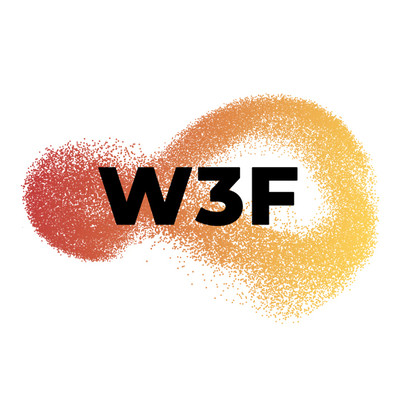
Polkadot supply limit
Inflationary
Dynamic Emission
The inflation rate structure is still to be defined but will vary based on the total network stake. The current specifications, available on the Token Economics section of the Web 3 Foundation website, state a 10% inflation rate with 75% of the supply staked. We used this metric to compute future issuance, as 75% of the outstanding supply staked is defined as ideal by the specifications.
A treasury will also receive transaction and slashing fees. How much of those fees will go to the block producer is an adjustable parameter via governance. It is originally suggested that 20% will go to block producers and the other 80% will go to the treasury (instead of burning) to keep better control of inflation/deflation. The impact of the burn mechanism of transaction fees and slashing fees has not been computed to draw the supply curve.
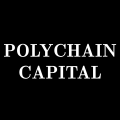


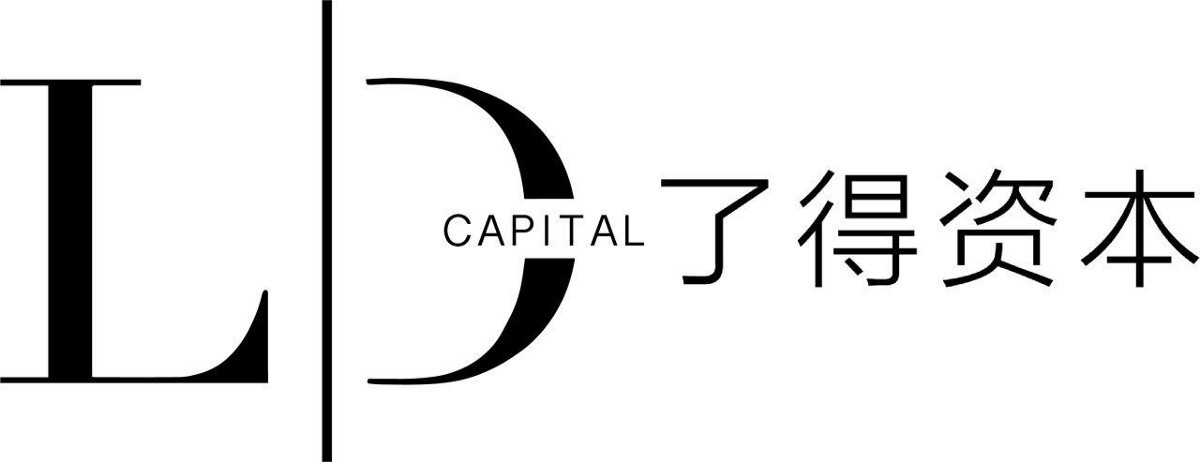












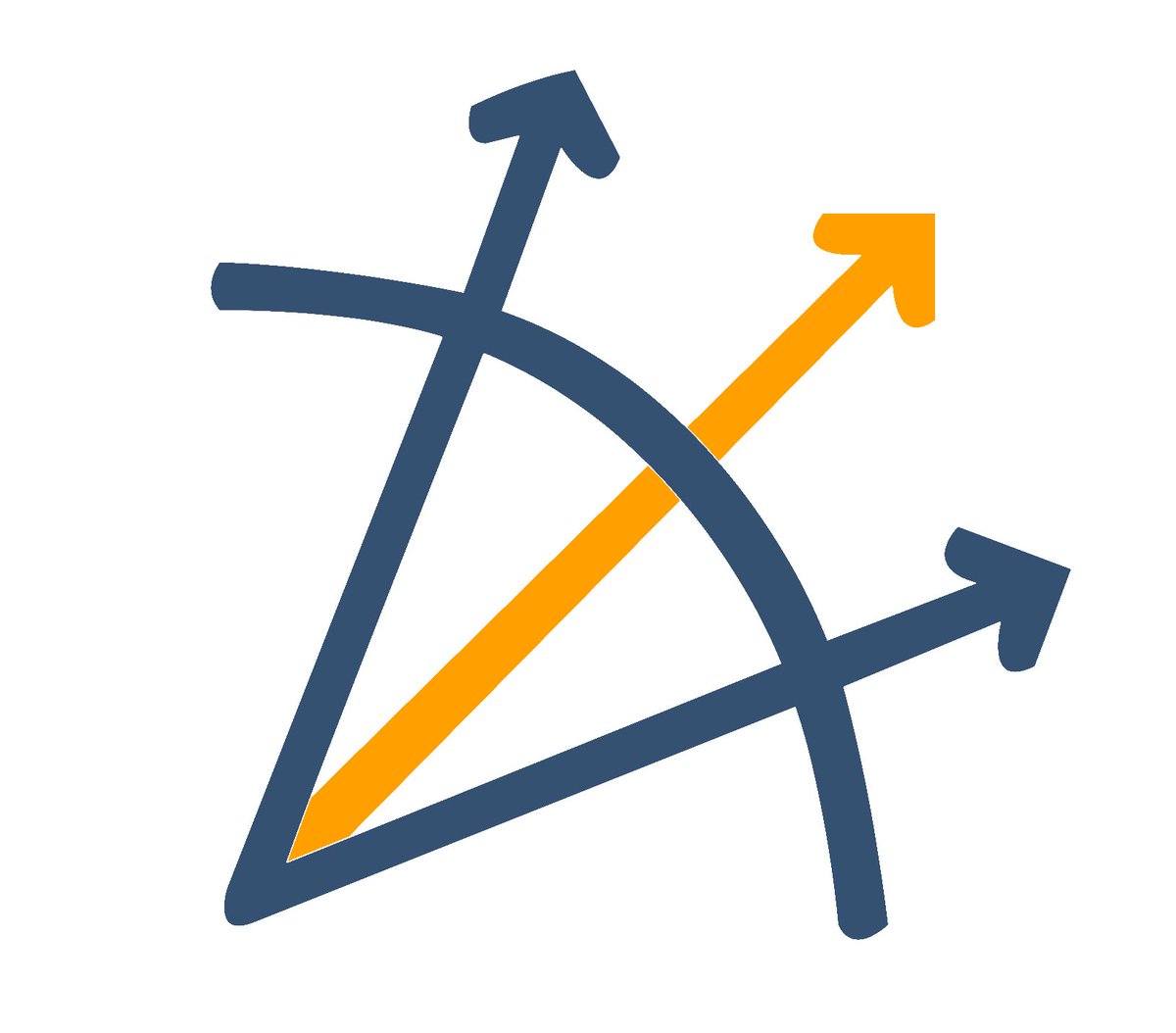



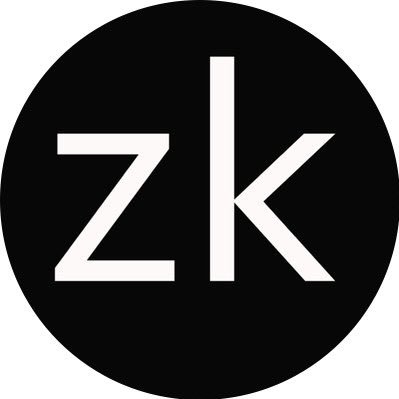





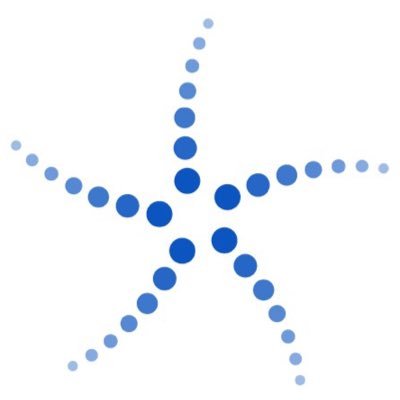





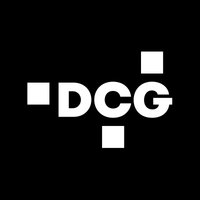







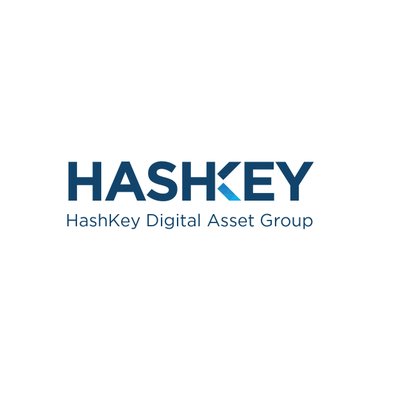
Polkadot consensus
Proof-of-Stake
Nominated Proof-of-Stake
Polkadot uses what it calls a hybrid consensus, which separates finality from the block production mechanism. At a high level, Polkadot allows the network to produce blocks at a rapid pace while permitting the slower finality agent to run in a separate process, thereby not affecting transaction execution times. This design theoretically helps overcome the issues associated with probabilistic finality, namely the chance of unknowingly following an incorrect fork or the inability to produce new blocks (aka stalling).
The two mechanisms that power Polkadot’s consensus include:
- BABE: The Blind Assignment for Blockchain Extension (BABE) is the block production mechanism. It assigns block production slots to randomly selected validators according to stake (as defined by the Polkadot randomness cycle).
- GRANDPA: The GHOST-based Recursive ANcestor Deriving Prefix Agreement (GRANDPA) is the finality gadget for the Polkadot relay chain. This agent reaches agreements on chains rather than blocks, which could speed up the finalization process. Polkadot helps elaborate on this definition by stating if “more than 2/3 of validators attest to a chain containing a certain block, all blocks leading up to that one are finalized at once.”
While the core technology of Polkadot is the relay chain, the network reaches consensus through a modified and proprietary PoS mechanism consisting of four key participants: collators, validators, nominators, and fishermen.
Collator Each parachain has a collator that fulfills the task of a miner in a proof-of-work (PoW) blockchain. A collator must maintain the Polkadot relay chain state as well as the state of the parachain. The collator then manages the queue of transactions going into and out of the parachain from the relay chain. Collators collect parachain transactions, produce state transition proofs, create new candidate blocks and then pass them along to validators in exchange for a fee for their work. In a competitive market with many collators, collators can incentivize validators to choose their block by sharing a portion of their fee with the validator.
Validators Validators are randomly nominated to accept block candidates from parachain collators, verify the information in the block, and republish the block candidate to the Polkadot relay chain. Once a validator confirms a block, they also validate and change the state of the relay chain block by moving the transaction data from the originating parachain’s input queue to the destination parachain’s output queue. Validators are incentivized through a staking mechanism that requires them to stake Polkadot (DOT) tokens to the network to be chosen as an active validator. Validators that break the consensus algorithm are punished by losing a portion of their stake, while those that correctly secure the network and verify blocks are rewarded with new tokens.
Nominators Nominators are those who may be unable to participate in the transaction validation process directly, so they instead contribute tokens to a validator of their choice. Nominators receive a pro-rata share of the validator reward based on their portion of the validator’s bond, so nominators are incentivized to choose a validator most likely to receive the largest reward. The team believes the nominator process will create a competitive, but honest, marketplace for high-quality validators and nominators.
Fishermen Fishermen do not participate in the transaction validation process with validators and nominators, but instead, act as watchmen monitoring activity across the Polkadot network and identify validators who break consensus rules. Fishermen stake a smaller bond of tokens than a validator but receive a proportionally larger reward than validators for their role in securing the network.
Polkadot governance
Delegated On-Chain Vote
Parity Technologies, with oversight from the Web3 Foundation, built the Polkadot protocol and Substrate framework and controlled much of the process during the project's initial stages. This governance system remained intact through Polkadot's mainnet launch and early existence. In late Jul. 2020, control over the protocol was transferred to the network's proposed on-chain governance system, which takes into consideration token holders, validators, a Council, and a Technical Committee. These network participants are now the primary source of upgrade submissions and approvals. Parity and Web3 can still develop and submit proposals of their own, but they must pass through the governance system before being implemented.
Store Polkadot with Cropty cryptocurrency wallet by 3 simple steps:
- Download the app from the Apple AppStore or Google Play, or open your browser wallet.
- Create your Cropty wallet account with Face ID or Touch ID security options.
- Transfer DOT from external wallet.
Receive Polkadot to your Cropty wallet by QR-code, phone number, e-mail and nickname:
- Download the app from the Apple AppStore or Google Play, or open your browser wallet.
- Create your Cropty wallet account, set up a nickname.
- Click ‘Receive’ and follow the instructions.
You can transfer your Polkadot holdings and store it safely with Cropty wallet. Cropty secures safety of your holdings through various verification options like using password, authenticator app, Face ID, Touch ID and backup codes. You can be sure no one can get access to you Polkadot holding except you.
Start investing in Polkadot with Cropty cryptocurrency wallet by 3 simple steps:
- Download the app from the Apple AppStore or Google Play, or open your browser wallet.
- Create your Cropty wallet account, set your authentication settings.
- Transfer DOT from external wallet.
The Cropty wallet provides the most convenient application for storing and transfering Polkadot. Cropty targets to become one the best crypto wallets for Android and iOS in 2026. Cropty provides convenient application and secure custodial services, built for crypto beginners, as well as for crypto-savvies.
You can receive Polkadot donations instantly with Cropty wallet. Download Android or iOS app or open the web version, sign up, click ‘Receive’ and follow simple instructions. Share your address with someone who wants to donate you in crypto.
You can receive Polkadot donations instantly with Cropty wallet. Download Android or iOS app or open the web version, sign up, click ‘Receive’ and follow simple instructions. Share your address with someone who wants to donate you in crypto.
You can send Polkadot instantly without fee in the Cropty wallet. Download Android or iOS app or open the web version, sign up, click ‘Send’, choose ‘Send via e-mail, phone number or nickname’ and follow simple instructions.
- Sign up to Polkadot wallet.
- Top up your balance with Polkadot.
- Store, trade or deposit your Polkadot.
- Get Polkadot deposit interest directly to your Cropty wallet.








